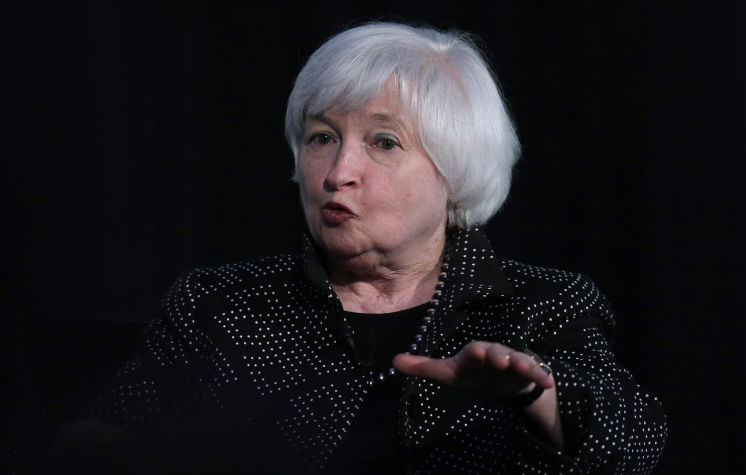-
Tips for becoming a good boxer - November 6, 2020
-
7 expert tips for making your hens night a memorable one - November 6, 2020
-
5 reasons to host your Christmas party on a cruise boat - November 6, 2020
-
What to do when you’re charged with a crime - November 6, 2020
-
Should you get one or multiple dogs? Here’s all you need to know - November 3, 2020
-
A Guide: How to Build Your Very Own Magic Mirror - February 14, 2019
-
Our Top Inspirational Baseball Stars - November 24, 2018
-
Five Tech Tools That Will Help You Turn Your Blog into a Business - November 24, 2018
-
How to Indulge on Vacation without Expanding Your Waist - November 9, 2018
-
5 Strategies for Businesses to Appeal to Today’s Increasingly Mobile-Crazed Customers - November 9, 2018
Fed leaves interest rates alone; dials down 2016 forecast
On Wednesday, Kansas City Fed President Esther George, Cleveland Fed President Loretta Mester and Boston Fed President Eric Rosengren dissented on the policy statement, saying they favored raising rates this week.
Advertisement
It added that its rate-setting committee had decided against raising rates “for the time being”, until there was more evidence of progress towards its employment and inflation objectives.
The Fed Funds rate at 2016’s end is seen at 0.6% vs. 0.9% in June; at year-end 2017, 1.1% vs. 1.6%; at year-end 2018 1.9% vs. 2.4%. In addition, the FOMC members predict that the unemployment rate will end the year at 4.8 percent, or marginally higher than the 4.7 percent forecast three months ago.
In addition to the FOMC statement, the Federal Reserve also updated its economic projections, slightly lowering its outlook for this year.
Regardless of when the Fed moves, this tightening cycle is poised to be the slowest and shallowest in recent history, based on the market for overnight index swaps, which reflect expectations for the fed funds effective rate. Currently, interest rates are in a range of 0.25% to 0.5%.
Officials have been stymied in their attempts to boost the cost of borrowing by unexpectedly weak growth over the first half of the year, inflation that remains well short of the central bankers’ 2% price target, and uneven job growth.
At the same time, policymakers cut the number of rate increases they expect this year to one from two previously, according to the median projection of forecasts released with the statement.
It came hours after the Bank of Japan cheered markets with a tweak to its monetary policy strategy – though it left rates at -0.1%. Participants now see the USA economy growing 1.8 percent in 2016, down from an estimate of 2.0 percent in June. Before the rate decision, traders saw about a 58 percent chance of a December rate hike, and were betting on another hike in 2017.
Central bankers continued to believe a return to on-target inflation will take a while.
It has been at that level since last December, when officials chose to raise the rate for the first time since the financial crisis.
Advertisement
The dot-plots have also drawn dissatisfaction from some officials like St. Louis Fed leader James Bullard, who would like to see them ended.




























